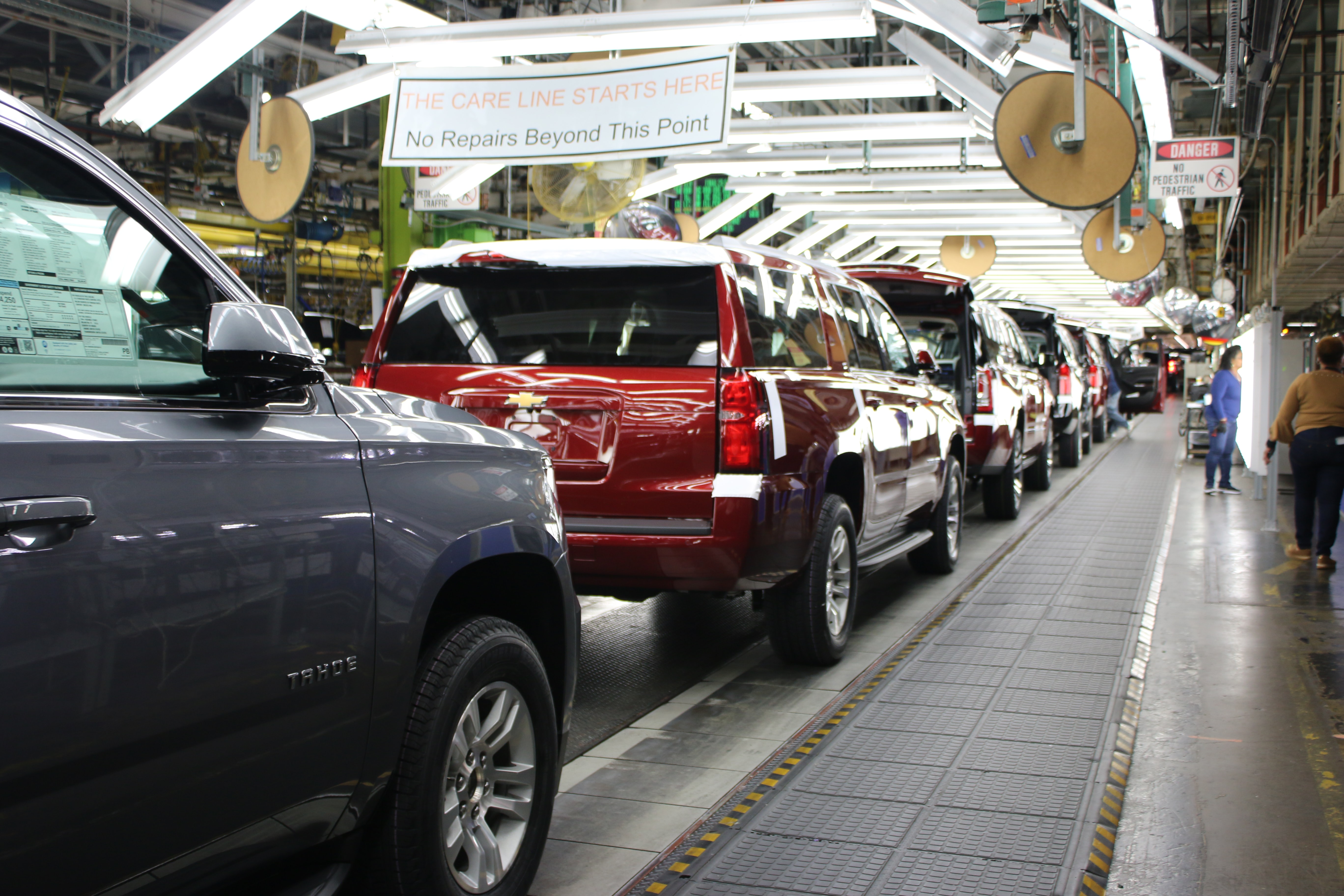A Scramble for Battery Minerals
From Australia to Zimbabwe the race for battery minerals is heating up. The 2023 World Economic Forum in Davos highlighted just how important lithium and other battery minerals are at the moment, and in the future. This is all tied to the global shift towards low-carbon which is seeing major auto manufacturers transition to all-electric models, utility companies implement renewable energy at scale, and governments invest into decarbonizing their economies. Powering this decarbonization is lithium and a host of other battery minerals, and as demand has skyrocketed along with prices, all eyes are on what the future holds for these commodities.
Lithium Supply Deficit
“The world needs a fast energy transition in order to reach the goals and projections defined worldwide,” explains Benedikt Sobotka, Chief Executive Officer at the Eurasian Resources Group, “The risks to the reliability, affordability and sustainability of mineral supply are manageable, but they are also a reality. How policy-makers and companies respond will determine whether critical minerals are a vital enabler for clean energy transitions, or a bottleneck in the process.” With a supply deficit expected by 2027 unless drastic action is taken to modernize the industry. In addition to the environmental issues of lithium there is a pressing need to implement readily available solutions to address the multi-faceted issues the industry is facing.
Technology like Direct Lithium Extraction (DLE) is becoming a go-to for manufacturers, with major lithium producers SQM and Albemarle implementing it in their operations in Chile, while projects in the United Kingdom and France are actively being developed. EnergyX has showcased how efficient and sustainable DLE can be, achieving results that highlight how antiquated the current status quo is. Avoiding a supply deficit will require embracing new technology and approaches, but as Simon Moores, Chief Executive Officer of Benchmark Minerals points out, ““Many of these industries have to be built from scratch, certainly lithium-ion batteries and electric vehicles, the whole blueprint, the whole infrastructure is being built, literally, from scratch. It’s the only way you’re going to have the edge and guarantee you can make EVs over the next 20 years. EV companies, especially the auto majors, have learnt the hard way over the last five years that scaling batteries — gigafactories — is much easier and quicker than scaling mining.”
Future of Lithium
The future of lithium is bright, as outlined in my 2023 forecast. The fact that the importance of battery minerals was a key talking point at Davos ensures that there is now more widespread interest in making the sector more sustainable and efficient. This is backed by the significant investments into lithium supply chains in the United States being made by the Biden Administration, and the amount of new projects being greenlit globally. While regulation and a lack of overall infrastructure is slowing development of domestic lithium here in the U.S., there is mounting evidence that major companies like General Motors and Tesla are wanting to build fully integrated brine to battery supply chains.
With demand for battery minerals and lithium rising faster than production can keep up with, the fears of a deficit this decade are certainly valid. This remains the biggest roadblock to the global shift to low-carbon technologies. “What has become increasingly clear is that we are in grave danger of missing the targets for reducing temperatures and decarbonizing global systems by 2030,” notes Sobotka, “We also have to tackle even greater uncertainty in relation to the application of new/cleaner technologies – to do in large part with the availability of the critical minerals needed for the energy transition.” The future of lithium and battery minerals rests on our ability to adopt new technologies and standards.
Meeting Low-Carbon Targets
Our ability to meet our climate targets and low-carbon objectives rest on how we approach the dilemmas facing battery minerals and their extraction. Sustainability should happen throughout a supply chain – this includes the mining industry. As such, companies like EnergyX who have the technology capable of meeting our immediate needs in terms of extraction efficiency and sustainability must be at the forefront of major developments. The investment market for the climate tech sector is booming, that much is clear, but it remains to be seen whether or not bigger companies and global governments will be fast enough to implement the changes needed to meet our low-carbon targets and ensure that the future of lithium remains positive.

